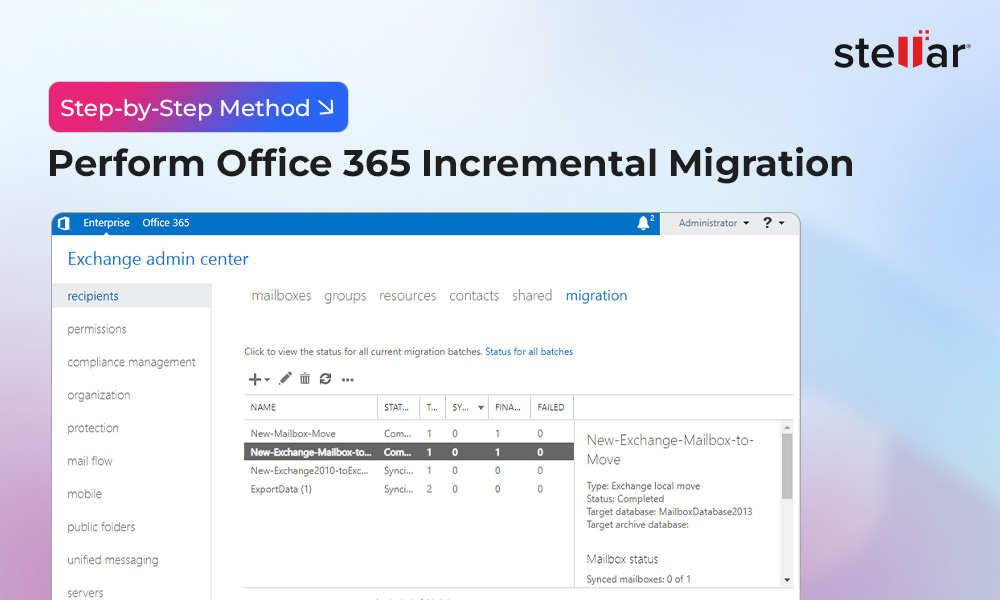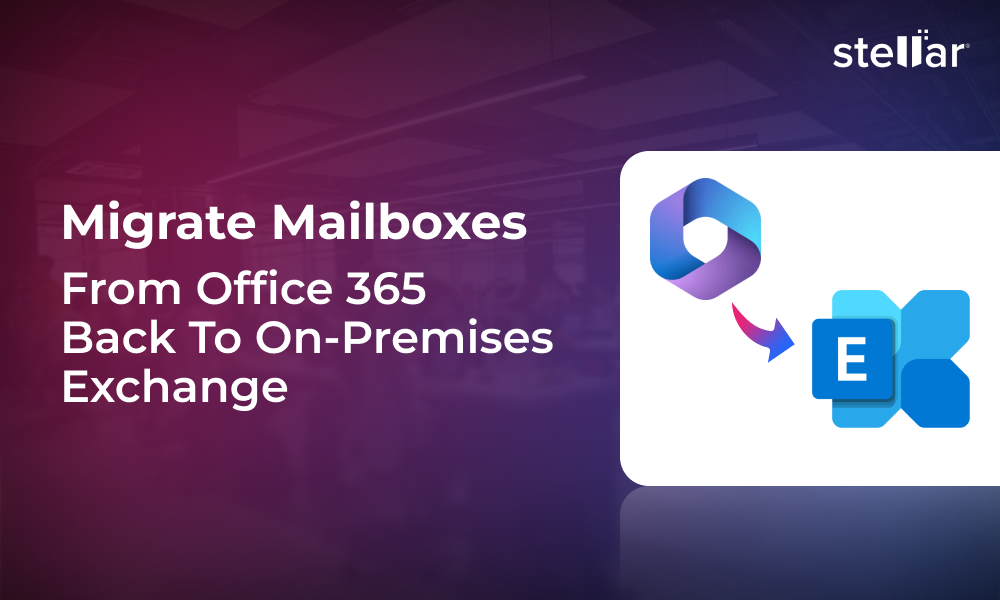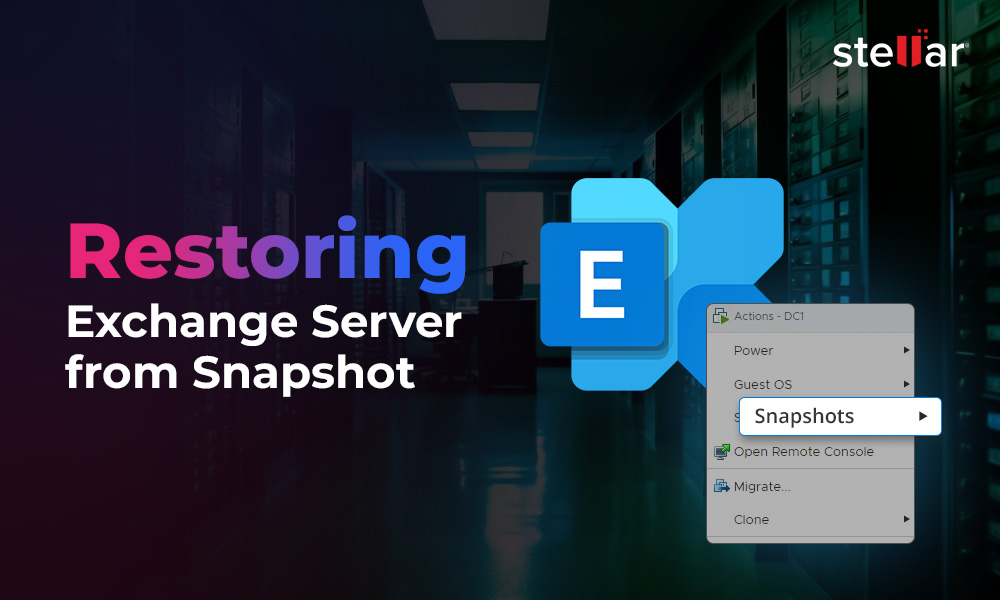With the launch of Release to Manufacturing (RTM) version of Exchange Server Subscription Edition (SE), Microsoft has also announced that both Exchange Server 2016 and Exchange Server 2019 will reach the end of support on October 14, 2025. This means that after this date, these versions will no longer receive the security updates and bug fixes, technical and advisory support from Microsoft, and any future enhancements or support to new protocols.
However, the Exchange Server 2016 and 2019 will continue to run with no issues but you need to understand that running these servers past the end of support deadline will be risky. This means these become vulnerable to security threats and compliance and regulatory risks.
Microsoft is shifting the business towards a cloud-first and subscription-based servicing, continued support with no versioning, and with a Modern Lifecycle Policy. Microsoft is set to affect the following regulation and planning criteria:
- IT security posture
- Compliance with regulations, such as GDPR, HIPAA, NIS2, etc.
- Operational continuity and planning the migration
- Budgeting and licensing models change
Shutting down support and retirement of both systems (Exchange Server 2016 and 2019) leave the organizations with the only solution to move to the Exchange Server Subscription Edition (SE) or Microsoft 365. Let’s discuss these options in detail.
Migration Options after Exchange 2016 and 2019 End of Support
There are two options that you can consider in order to remain in the Microsoft ecosystem – migrate to the cloud-based Microsoft 365 or the new Exchange Server Subscription Edition (SE).
1 – Migrating to Exchange Online on Microsoft 365
There are a number of benefits of migrating to the Exchange Online on Microsoft 365. Some major benefits include:
- Automatic updates and patching, with the infrastructure underneath is maintained by Microsoft.
- Shared responsibilities when it comes to securing the accounts and access.
- Built-in compliance and security tools, such as Intune, Microsoft Sentinel, and Defender.
- Seamless migration and access to collaboration features, such as Microsoft Teams, SharePoint Online, OneDrive, OneNote and others of the Microsoft 365 ecosystem.
- Reduced infrastructure and maintenance costs.
Migrating to Microsoft 365 requires careful planning when it comes to licensing, security defaults, and sizes of mailboxes as subscriptions come with a limit on the size of main mailbox. You can use the Online Archiving with retention policies but this needs to be carefully planned before the migration to fully accommodate the licensing needs. You should also check the regulatory compliances based on the nature of business as there could be clauses stipulating where the data can reside.
2 – Migrating to Exchange Server Subscription Edition (SE)
Exchange Server Subscription Edition (SE) is the direct replacement of the Exchange Server 2016 and 2019. Although the traditional licensing will remain, you must purchase the licenses via Software Assurance (SA) with the options for user CALs. Key features that are available in the RTM version of Exchange Server Subscription Edition (SE) are:
- Continued updates with the Microsoft Modern Lifecycle Policy.
- Ability to do in-place upgrade if Exchange Server CU14 or CU15 is installed.
- Coexistence with Exchange Server 2016 and 2019 until the October deadline or CU1 release of the Subscription Edition.
An Easy Solution for Data Migration
For a successful migration, migrating data is the most important aspect. For the data migration, you can use Stellar Migrator for Exchange - a robust and enterprise-grade exchange migration tool, which is designed to simplify the transfer of Exchange Server and Exchange Online data. This tool simplifies the migration of data and reduces the complexity and challenges that you may face while using the native tools.
Key features of this tool include:
- Cross-forest migration.
- Incremental migration, avoiding duplication of data.
- Automated mailbox matching.
- Support for hybrid, staged, and cutover migrations.
- Parallel and priority exports.
- Displays real-time status of the migration.
This migration tool supports the following scenarios:
- Exchange Server (2010 to 2019) to Microsoft 365 migration.
- Microsoft 365 to Microsoft 365 (Tenant to Tenant) migration.
- Microsoft 365 to local Exchange Server migration.
Conclusion
With the end of support deadline for both Exchange Server 2016 and 2019 is coming (October 14, 2025), there is time to consider your options. With less than four months left, you need to act now. You should embrace the change and move either to the cloud (Microsoft 365) or to Exchange Server Subscription Edition (SE).
However, planning and execution of the migration process is critical. When it comes to migration of data, you can use Stellar Migrator for Exchange. It is a professional Exchange migration tool that can help in smooth migration of data from on-premises Exchange Server to Microsoft 365, Microsoft 365 to on-premises Exchange Server, Microsoft 365 to Microsoft 365, and on-premises Exchange Server to on-premises Exchange Server.













 6 min read
6 min read





